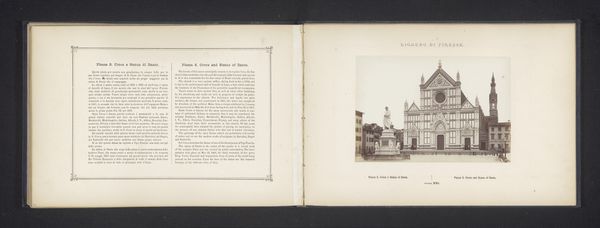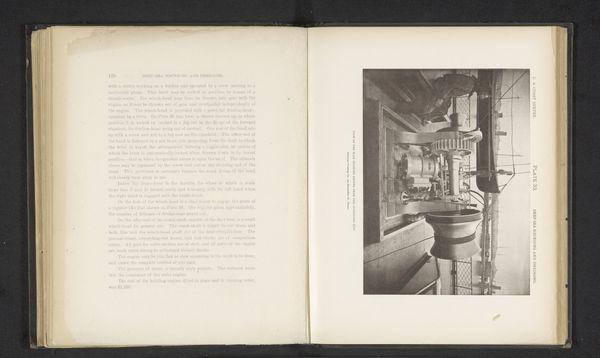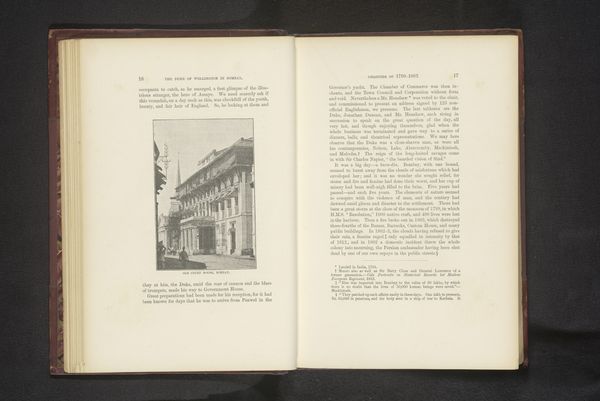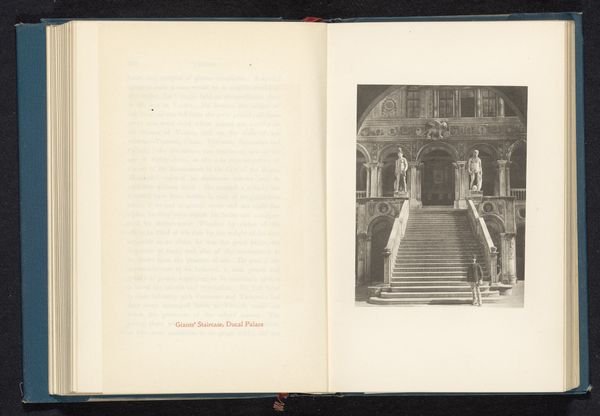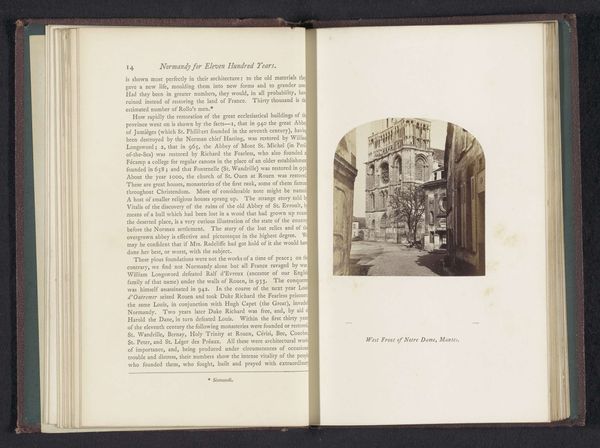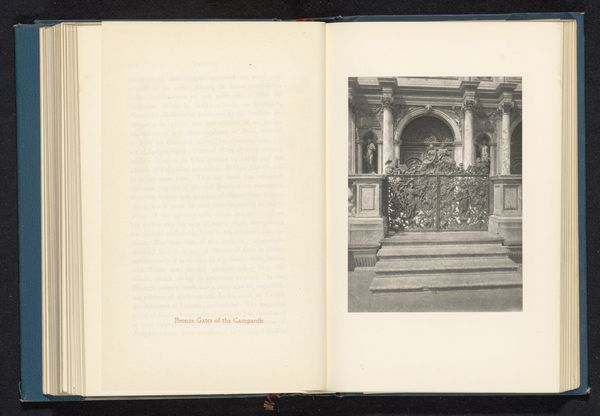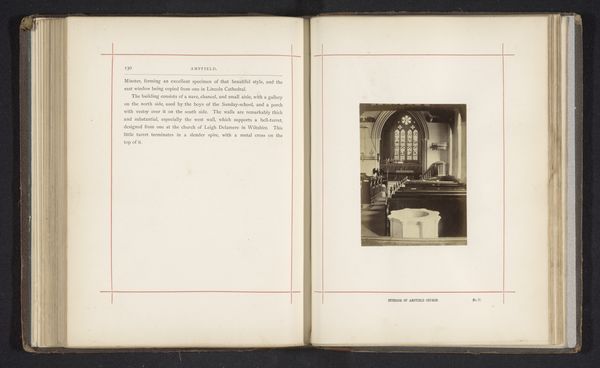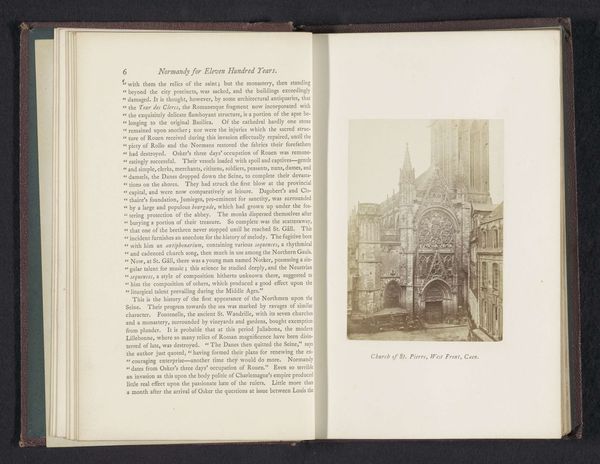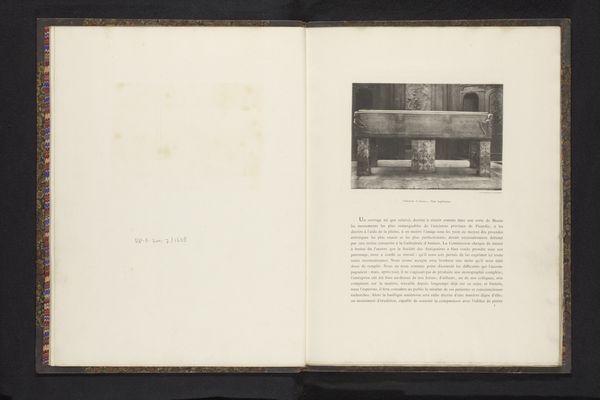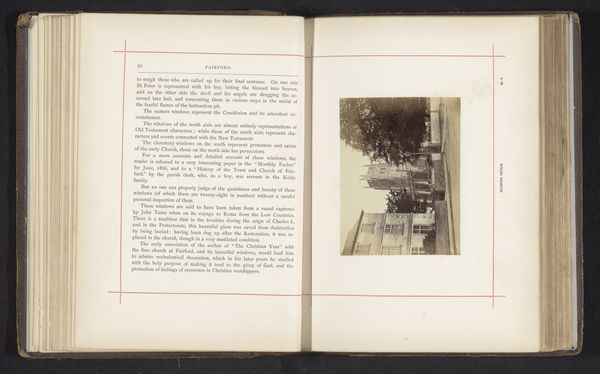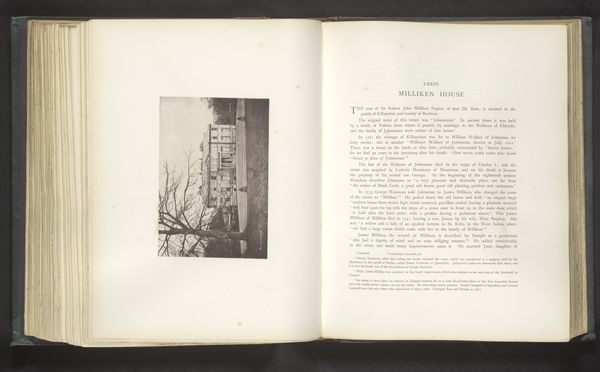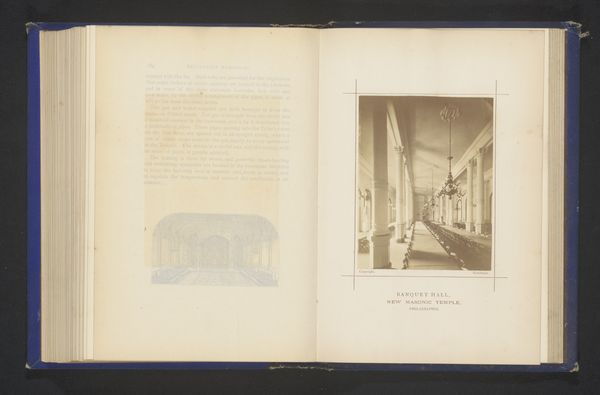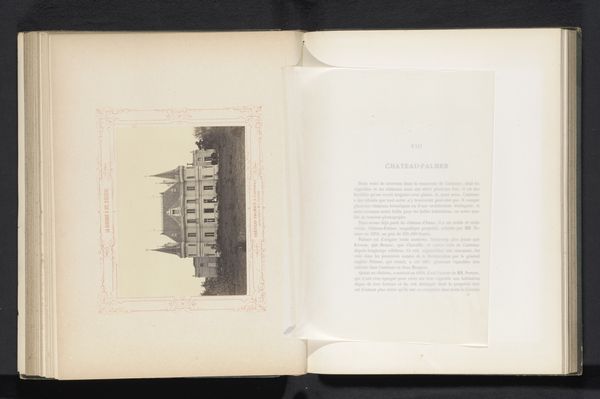
intaglio, photography
#
medieval
#
intaglio
#
landscape
#
photography
#
history-painting
Dimensions: height 170 mm, width 114 mm
Copyright: Rijks Museum: Open Domain
Curator: It strikes me as quite austere, almost melancholy, the way light fades into the stone. The heavy pillars surrounding this raised tomb… they have such a gravity. Editor: Indeed. What we’re looking at here is a photograph, most likely dating from before 1892, entitled "Tomb of Edward of Woodstock in the Canterbury Cathedral." It’s an intaglio print of the historical effigy, capturing the likeness of Edward, Prince of Wales, also known as the Black Prince, inside of the Cathedral. Curator: The 'Black Prince', so dramatic! I wonder, do you get a sense that it’s staged in some way? Not the tomb itself, of course, but the photograph… there’s such clear framing. Editor: Absolutely. It's both a historical document and a constructed image, isn't it? Think about what a photograph like this might have meant at the time: It allows widespread access to a historically-relevant artifact. Consider too, the way images of power—even in death—are circulated and consumed, which serves to bolster historical memory and even certain kinds of national identity. Curator: Makes you think about ownership, doesn’t it? About whose stories get told, whose relics get revered… and how that’s communicated through a medium as potentially manipulative as photography. But what a fantastic photograph too! It’s as if light itself is a character. Editor: Right, and a somewhat exclusionary light, one that mostly allows this Prince to exist as history. It certainly brings into question the ethics of preservation when some voices and histories are prioritized and spotlighted at the expense of others. The image is silent about the people who constructed and cared for this tomb. Whose labor made the monument itself possible? Whose access is continually denied in the space it occupies? Curator: Such valid questions, certainly worth asking again and again. As much as this work evokes a very singular historical figure, it feels relevant precisely because it illuminates systems of power and inequity that we continue to grapple with. It’s also just really nice to look at, isn’t it? Editor: Absolutely. The act of remembrance can be a radical intervention when approached critically. I see it as less about celebrating past figures and more about asking ourselves who they continue to stand in the way of.
Comments
No comments
Be the first to comment and join the conversation on the ultimate creative platform.
